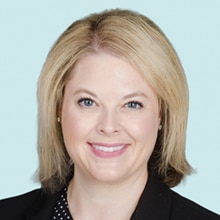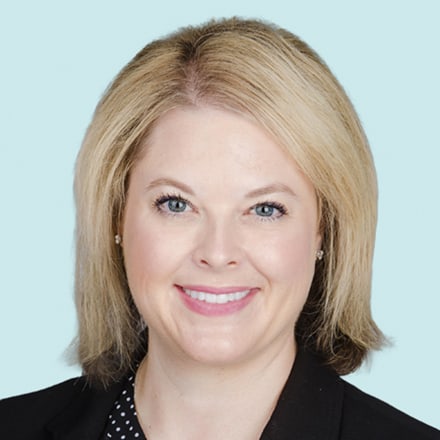Inside Angle
From 3M Health Information Systems
Three questions with Susan Salek: Classifying data and sharing information
I sat down with 3M Health Information Systems Business Director of Grouper Applications and Payer Services Susan Salek to discuss 2022 trends for payers and how 3M methodologies were created and are used today.
Welcome to your first Inside Angle blog! Tell us a bit about your background and your current role at 3M HIS.
Thank you! I have been with 3M for 31 years, most of which has been with HIS. I started as a quality analyst testing our grouper methodologies on the mainframe platform. Over time, I have taken on roles with increasing responsibilities, such as managing a project management office and being the integration manager for an acquisition by HIS. In my current role, I lead two business units: Grouper applications and payer solutions.
Grouper applications is one of the HIS division’s core business units. We are responsible for keeping our clients compliant with regulatory software that spans the globe. This has been incredibly important as the world navigates through a global pandemic. Classifying data appropriately and efficiently helps our clients track and analyze multiple impacts on operations, which is especially helpful in the times we are living in now. Our software is delivered across multiple markets, including payers, providers, business partners and government.
The second business unit is payer solutions, which I began leading just over a year ago. The payer solutions business assists payers, providers and strategic partners in identifying and maximizing opportunities in an ever-changing health care market. We support clients with the goal of lowering cost and improving quality through consulting services, analytics and performance dashboards.
What trends and unique challenges will payers face in 2022?
Payers want greater efficiencies with providers, so they are working more closely together with providers to share information to facilitate care delivery. The trend is moving toward community sharing of data, where paying for value will continue. We are seeing site of care shift from hospital to freestanding centers, and to office or home, and remote which started pre-pandemic, but accelerated with COVID-19. Payers will look to continue purchasing physician practices and offering remote primary care to meet the ever-shifting health care market needs.
3M is known for our methodologies. Can you give us a brief history on how we developed these methodologies and how it is used today?
Diagnostic related groups (DRGs) with Medicare were established to create an effective foundation for monitoring the quality of care and the utilization of services in a hospital setting. Once DRGs were mandated by Medicare, the state Medicaids sought something similar that applied to their populations – not just seniors, but moms and kids, too. In response, 3M developed all patient refined diagnostic related groups (APR-DRGs), which were built off the same philosophy as DRGs, to meet the needs of the states. As trends turned more to outpatient settings, 3M developed enhanced ambulatory patient group (EAPGs) taking that same philosophy to set up bundled payments in the ambulatory space.
Our classification methodologies provide clinically credible methods where performance is tied to those circumstances that the provider can make a difference in outcomes. 3M’s methodologies are comprehensive and drive the organizational change needed to really move the needle (not an isolated case here and there). It has a language of performance that creates understandable benchmarks that set expectations and produces results. We are transparent in providing clarity on the logic and a robust output so clients can fully understand the methodology and the results.
Kelli Christman is senior marketing communications and strategic communications specialist at 3M Health Information Systems.
Susan Salek is the business director for grouper applications and payer solutions at 3M Health Information Systems.


